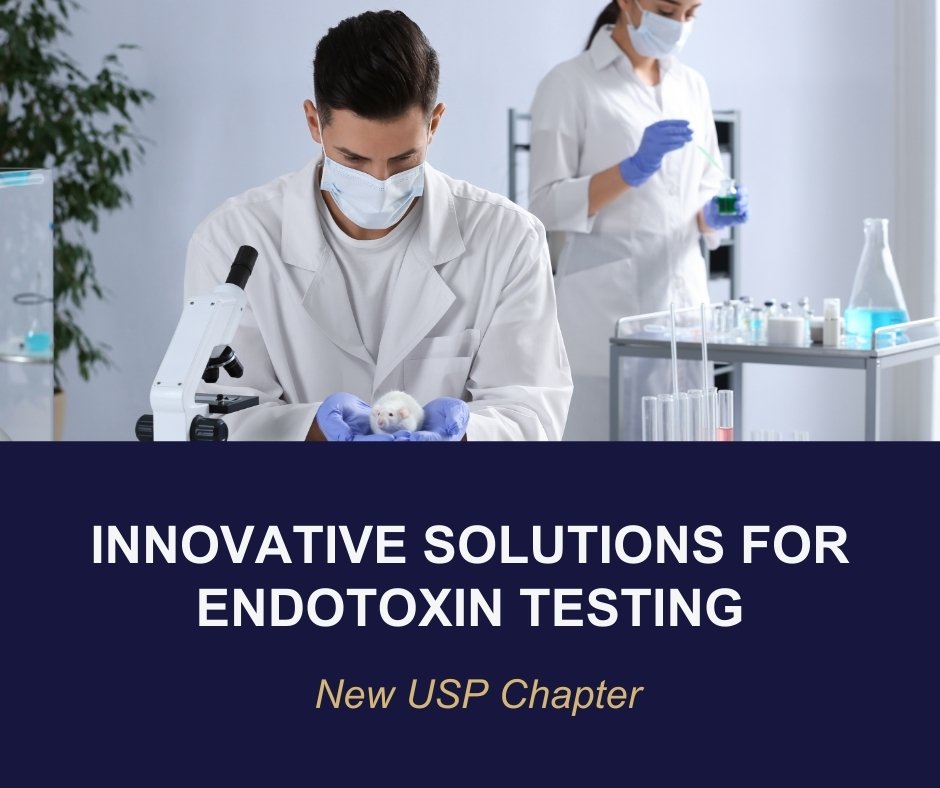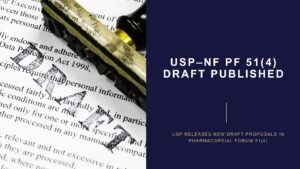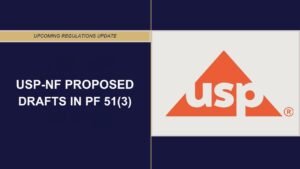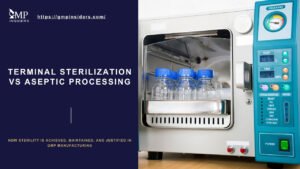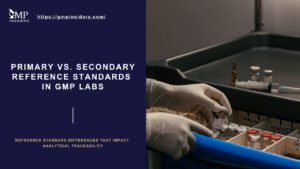The United States Pharmacopeia (USP) has released Chapter <86> Bacterial Endotoxins Test Using Recombinant Reagents for early adoption, outlining using non-animal-derived reagents in bacterial endotoxin testing. The guidelines are part of a broader initiative to replace the traditional Limulus Amebocyte Lysate (LAL) tests, which use horseshoe crab blood, with synthetic recombinant Factor C (rFC) methods. These innovative tests promise to uphold stringent safety standards while supporting environmental conservation and reducing reliance on marine species.
Why This Change Is Critical?
Endotoxin testing is essential for pharmaceutical safety, ensuring products are free from bacterial contamination that can cause severe immune reactions. For decades, the gold standard has been the LAL assay derived from horseshoe crab blood.
However, the ecological impact of this practice has driven demand for sustainable alternatives. Horseshoe crab populations are declining, posing risks to marine ecosystems and affecting species that depend on these ancient arthropods.
The development of rFC technology offers a viable alternative. Recombinant Factor C assays are produced in laboratories using genetic engineering, eliminating the need for animal-derived resources. These assays have shown comparable, if not superior, sensitivity and reliability, making them suitable for widespread pharmaceutical testing.
Details of the New Guidelines
1. Scope and Methods
The new chapter details approved methods, including fluorescence and chromogenic rFC assays. These tests are designed to perform on par with traditional LAL assays and must undergo thorough validation to ensure they are fit for specific purposes.
2. Validation Requirements:
To adopt these methods, laboratories must validate the rFC assays under the conditions they will be used. This means proving that the tests are effective across various pharmaceutical products they may encounter. The chapter provides extensive guidance on how to design and implement these validation studies.
RELATED: Analytical Method Validation
3. Flexibility and Early Adoption:
USP encourages early adoption, giving laboratories the flexibility to integrate rFC testing while ensuring compliance with international safety standards. Adoption is voluntary, but organizations that choose to implement these methods early can benefit from contributing to environmental sustainability and setting industry benchmarks.
4. Regulatory and Compliance Considerations:
Despite USP’s endorsement, global acceptance is still in progress. Companies adopting these methods must prepare for additional scrutiny from regulators like the FDA and EMA, who may require detailed data showing that rFC assays are suitable for specific applications. However, momentum is building, with many stakeholders eager to see rFC methods gain broader regulatory acceptance.
Environmental and Ethical Implications
The environmental benefits of switching to rFC technology are substantial. Horseshoe crabs play a critical role in coastal ecosystems, serving as a food source for migratory birds and other marine life. Reducing the industry’s dependence on these creatures could aid in their conservation and help restore ecological balance.
Pharmaceutical companies adopting rFC tests also demonstrate corporate responsibility, addressing growing public and regulatory pressure to minimize the industry’s environmental impact. Furthermore, this change aligns with global efforts to reduce animal testing in scientific research.
Challenges and Industry Preparedness
While the advantages are clear, transitioning to rFC assays will require significant investments in new equipment, staff training, and rigorous testing. Smaller companies, in particular, may face challenges related to cost and resource allocation. Additionally, robust validation procedures are necessary to ensure that the new assays perform consistently and reliably, meeting all safety requirements.
Looking Forward
The USP’s early adoption guidelines pave the way for a future where pharmaceutical safety and environmental stewardship can go hand in hand. As more companies begin using rFC assays, it is likely that regulatory bodies will gain confidence in these methods, accelerating global acceptance and standardization.
The pharmaceutical industry stands at a crossroads: embrace this opportunity to lead in sustainability or continue relying on traditional, environmentally costly practices. As research and innovation continue, the hope is that recombinant methods will become the new gold standard, balancing safety, efficacy, and environmental consciousness.
For further details on the guidelines and their implementation, visit USP’s official publication.

